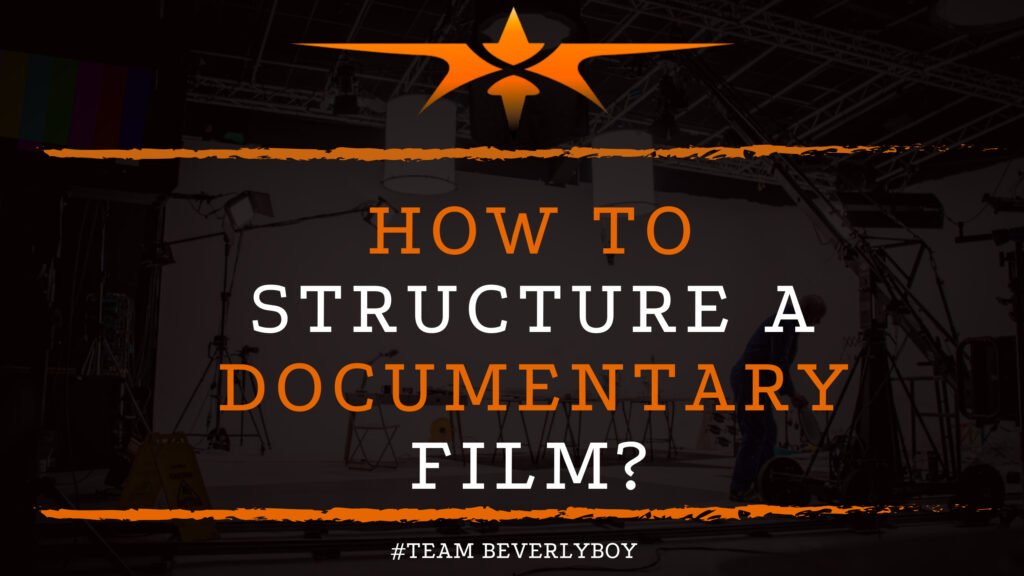How to Structure a Documentary Film
Narrative structure in a documentary can vary from one to the next. But frequently takes the form of a three-act structure. Planning your documentary film is important. Because this is your opportunity to determine the most important information required for the film. This must be established before you begin filming. Whether you use a three-act documentary structure or find the story in your edit. Structuring your documentary film to best engage and excite your audience is important.

Documentary films, like all great stories, have a beginning, middle and an ending. That’s the three-act structure we’re talking about but it doesn’t necessarily have to be the only structure that your film has. Documentary films sometimes have a circular structure.
To ensure your documentary is a success, begin by establishing:
- The story
- The conflict
- The structure
- The character
Familiarizing yourself with these important elements before you begin filming your documentary is important. Next, take time to establish a plan for the structure of your film.
Determining Documentary Structure

Your documentary may not follow the classic hero’s journey that you could expect from a circular structure or epic narrative in which there’s a full-circle understanding of what took place.
However, if you focus heavily on the rules, you’ll be able to structure your documentary in a way that is most appealing to your audience and keeps them engaged for the duration of your film.
Documentary is going to be made up of the following:
Act 1
Setting the foundation or the premise for your research. Establishing the main characters and the problems that they have. Defining the roadblocks sitting between the characters and their goals.
Act 2
Showing your characters as they fight to succeed in achieving their goals. This is where there are complications, life happens, and things can tend to get a little – messy. Characters face mounting pressure as problems compound.
Act 3
A resolution is found, the character achieves his or her goals or ultimately fails. Remember, the hero doesn’t always have to win! The goal is to show a transformation of some type, but not always a win.
The structure of your documentary can also be broken down into the following:
Introduction
This is where you grab your audience’s attention and prepare them to watch the film. This is your opportunity to share details of the documentary, and to introduce the characters.
Body
This is the meat of the story and is going to include your interviews, voiceovers and associated b-roll clips that support the documentary footage and research that was performed.
The body will also help the audience to better understand the character’s in the documentary and their role in the film.
Conclusion
This is the ending of the documentary, where your audience decides if they agree with the information you presented and the main points or not. The ending may be neutral, or it could sway in either direction. It may include the original question, an answer, or some other signal to end the journey.
Sum of its Pieces
Much of your documentary structure will include the interviews that take place in the body of, or second act of, the film. This is really where your focus should be because this is what will make or break the audience’s connection with your story.
As you learn how to structure a documentary film, focus on how you can use the interviews and interactions that you filmed on camera to deliver the intended information to your audience.

